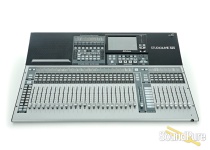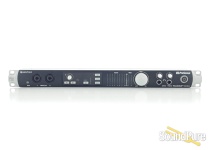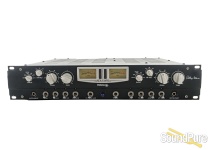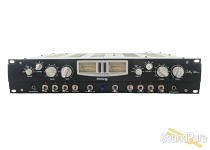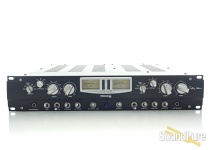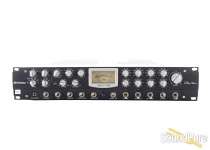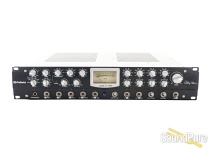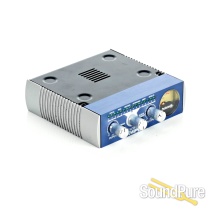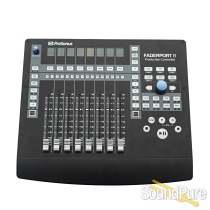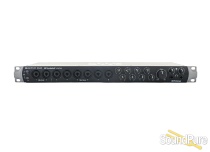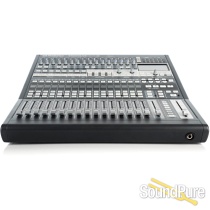
Presonus
PreSonus Corporation, a developer of audio technologies for the professional and semi-professional digital audio markets, was founded in 1995 and presently has an active distribution network in place that reaches over 20 million audio consumers. PreSonus also manages a high traffic website, www.presonus.com that is experiencing over 100,000 hits per month. The Company has released 18 professional audio products that have shipped to over 41 countries. Presonus has received the Electronic Musician Magazine Editor's Choice Award for four different products. The Company's products have also been nominated several times for MIX Magazine's Technical Excellence in Creativity Awards (TEC). In all, o... (view more)
Presonus - PreSonus Corporation, a developer of audio technologies for the professional and semi-professional digital audio markets, was founded in 1995 and presently has an active distribution network in place that reaches over 20 million audio consumers. PreSonus also manages a high traffic website, www.presonus.com that is experiencing over 100,000 hits per month. The Company has released 18 professional audio products that have shipped to over 41 countries. Presonus has received the Electronic Musician Magazine Editor's Choice Award for four different products. The Company's products have also been nominated several times for MIX Magazine's Technical Excellence in Creativity Awards (TEC). In all, over 150,000 PreSonus products are in use around the world. The Company's primary objective is to leverage its research and development ability, intellectual property portfolio, expertise in manufacturing, well respected brand, and established distribution channels to continue swift growth in revenue and profitability. PreSonus has exhibited consistent growth of an average of 48.6% per year over the past six years and predicts continued double digit growth rates for the next three years. PreSonus was founded on the precept of research and development in new technologies and discovery and exploitation of emerging multi-media markets. The Company has passed the 'proof of concept' stage and is presently utilizing its proprietary designs and patents to expand product offerings. PreSonus has extensive relationships in the music, technology, Internet, manufacturing and consumer electronics industries as well as a highly respected professional audio brand - PreSonus Audio Electronics. Competencies necessary to promote and support digital audio technology include qualified personnel in research, engineering, manufacturing, music and marketing as well as direct experience with branding and business development. PreSonus has developed a talented staff and exceptional reputation and is poised to take advantage of the burgeoning digital audio and digital media consumer markets. (view less)







